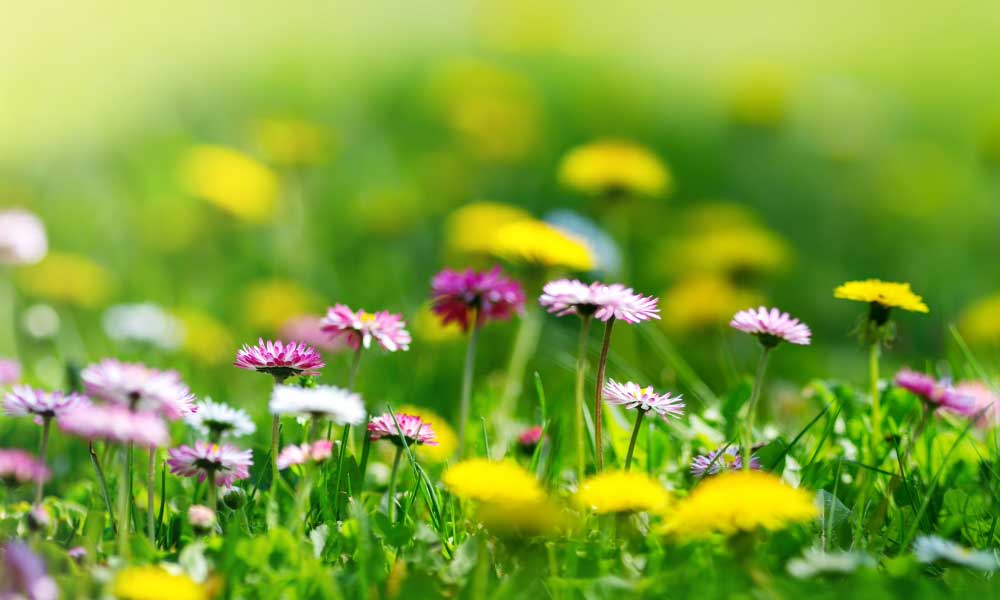Stuffy nose after yard work. Wheezing after raking leaves. Headache after being in a musty environment. Molds can grow indoors and outdoors where there is sufficient water or humidity and can cause a number of symptoms.
Between 25-50% of homes have identifiable mold growth. Although older buildings often contain mold, mold growth can happen anywhere with increased moisture, especially where there is poor ventilation, leaking, flooding, faulty construction and/or a lack of air conditioning. Outdoors, molds are common in plant material and soil where fungal material becomes easily airborne.
While mold exposure is universal, symptoms depend on your sensitivity to mold, your exposure to mold, and whether you may be sensitive to other allergens.
Mold allergy symptoms include:
- Allergic rhinitis
- Hives
- Asthma
- Delayed symptoms including
- Chronic congestion
- Recurrent sinusitis
- Eczema
- Headache
- Malaise and fatigue
The conditions that promote mold growth also increase other allergens such as dust mites.
Treatment begins with reducing mold exposure by removing mold sources, decreasing humidity and increasing ventilation. Removing mold from a surface with a detergent is a good start since molds are resistant to bleach. A sinus rinse after mold exposure may also reduce symptoms.
Sublingual immunotherapy for mold allergy cam reduce initial allergic sensitization and build tolerance over time to reduce or eliminate reactions.
Request an Appointment
